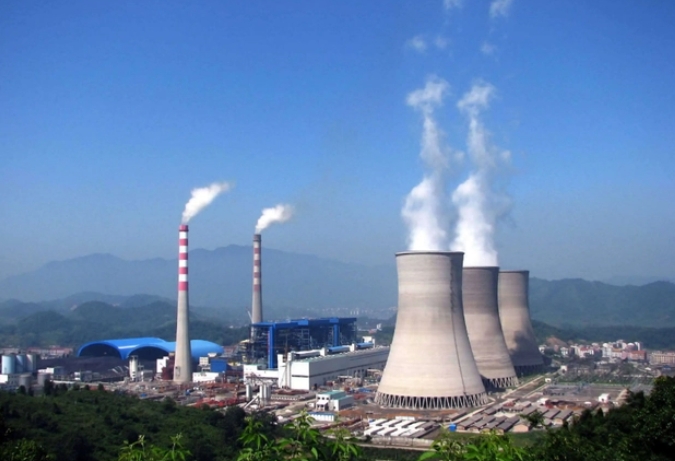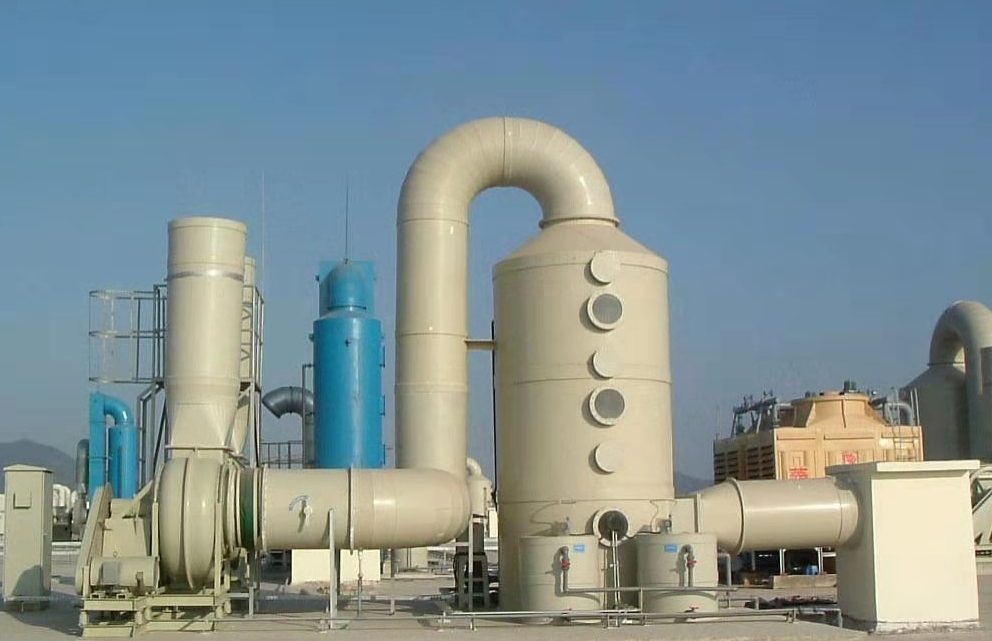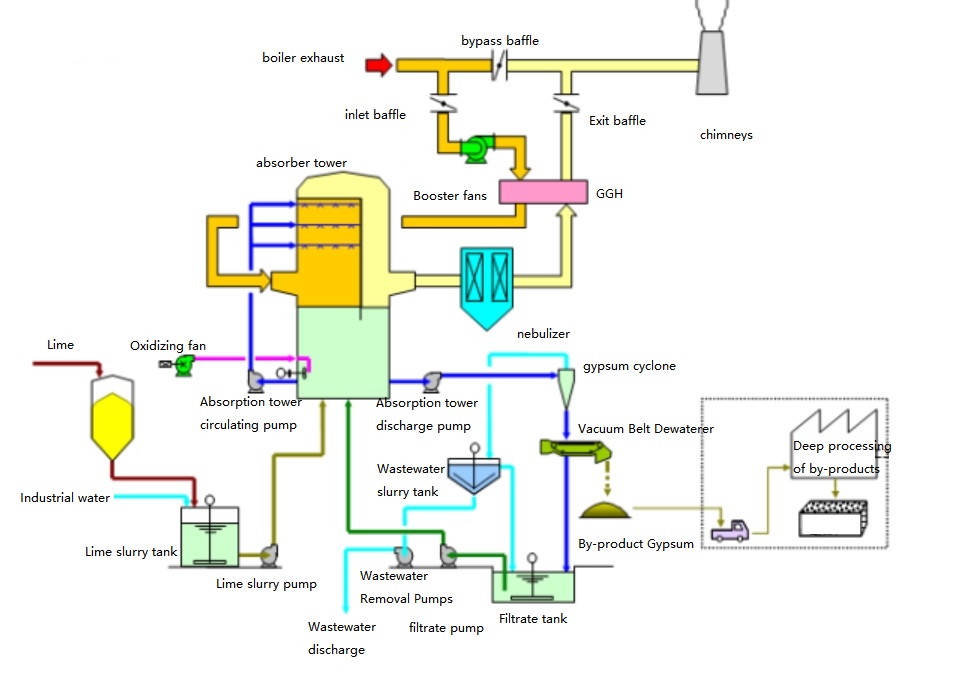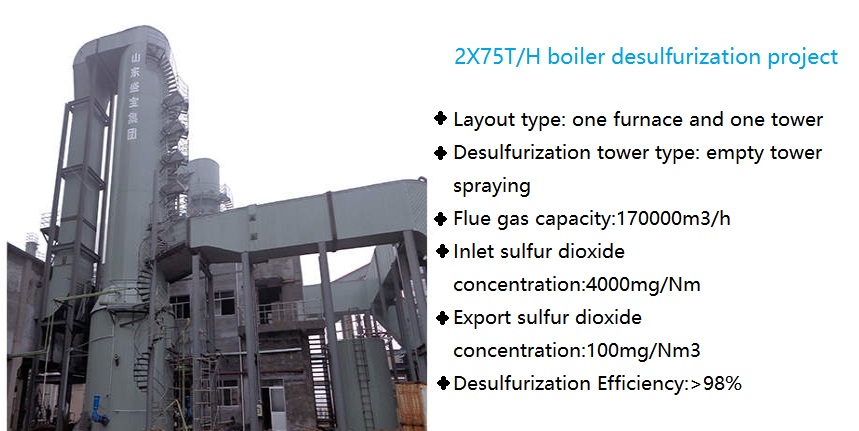Flue Gas Desulfurization (FGD) Plants
Rapid economic development and increasing industrialization have led to severe air pollution, with rising emissions of SO2 and NOx. Coal-fired flue gas is the primary source of this pollution. The flue gas contains significant amounts of SO2 and SO3, which react with moisture in the atmosphere to form H2SO3 and H2SO4, resulting in acid rain. Acid rain poses serious threats to humans, plants, aquatic life, and structures. Therefore, flue gas desulfurization and denitrification have become critical tasks for environmental protection and industrial progress. As a leading manufacturer and supplier of gas separation and purification equipment, Minnuo has extensive experience in flue gas desulfurization projects and offers high-quality desulfurization systems. Below, we highlight key aspects of flue gas desulfurization.

What is Flue Gas Desulfurization (FGD)?
Flue Gas Desulfurization (FGD) refers to the process of removing sulfur oxides (SO2 and SO3) from exhaust flue gases of fossil-fuel power plants and from other industrial processes that emit sulfur oxides. FGD is an essential environmental technology aimed at reducing air pollution caused by the combustion of fossil fuels like coal, oil, and natural gas. The mixture of gases and particulates in flue gas comes from various combustion and industrial activities, including power generation, transportation, and manufacturing processes such as steel and cement production. Effective FGD systems treat flue gas at its source, significantly mitigating harmful emissions and protecting human health and the environment.
Principles and Methods of Flue Gas Desulfurization (FGD)
The principle of flue gas desulfurization (FGD) involves removing sulfur dioxide (SO2) from flue gas by reacting it with an appropriate alkaline substance. This process converts the SO2 into harmless substances.
Methods of Flue Gas Desulfurization
We can categorize FGD methods based on the absorbent used: calcium-based, sodium-based, ammonia-based, magnesium-based, and seawater-based methods. The alkaline substances react with SO2 in the flue gas, producing a mixture of sulfites and sulfates.
We can divide FGD into recovery methods and disposal methods based on the usability of the desulfurization products.
Based on the process method, FGD can be classified into dry, wet, and semi-dry methods.

Process Methods
- Dry FGD: This method uses dry adsorbents (like activated carbon or dry lime) to directly contact the SO2 in the flue gas. Catalytic oxidation forms sulfur trioxide (SO3), which then reacts with water to produce H2SO4. We can regenerate the saturated activated carbon by washing it with water or heating it, generating dilute H2SO4 or concentrated SO2. This method effectively controls SO2 emissions and recovers sulfur resources. Modern dry FGD technology offers a simple process, small equipment footprint, and no wastewater production, making it environmentally friendly.
- Wet FGD: This technique uses an alkaline solution (like limestone slurry) to contact the flue gas. The SO2 reacts with the alkaline substance to form gypsum and other precipitates, removing SO2 from the flue gas. Wet FGD is highly efficient, with removal rates exceeding 90%, and the byproduct gypsum can be reused. However, the equipment is complex, and the investment and operational costs are high. Additionally, we need to treat the wastewater from the wet process.
- Semi-Dry FGD: Combines the advantages of both dry and wet methods by using spray drying technology, where we spray a liquid absorbent (such as lime slurry) into the flue gas.After absorbing SO2, it forms a dry solid byproduct. Semi-dry FGD offers high desulfurization efficiency (80%-95%) without producing wastewater, with investment and operational costs between those of the wet and dry methods.
When choosing a desulfurization process, it is essential to consider factors such as site, equipment, and cost. For professional advice, choose Minnuo, a specialized manufacturer of flue gas desulfurization equipment.
Lime-Based Desulfurization Equipment & Process
The main equipment commonly found in desulfurization systems includes absorbers, flues, chimneys, desulfurization pumps, and booster fans. Below is a detailed introduction to lime-based desulfurization equipment and processes.
Equipment: The desulfurization process consists of the absorbent preparation system, flue gas absorption and oxidation system, desulfurization byproduct system, desulfurization wastewater treatment system, flue gas system automation, gypsum handling system, wastewater system, control electrical system, and online monitoring system.
Desulfurization Principle: When the absorbent liquid is atomized and sprayed into the flue gas through nozzles, it disperses into fine droplets that cover the entire cross-section of the absorber. As these droplets counter-flow with the flue gas, SO2 is absorbed. This absorption occurs in the absorption zone, while oxidation and neutralization reactions complete in the liquid storage area at the bottom of the absorber, ultimately forming gypsum.
Main Process Flow: Flue gas from the boiler induced draft fan is pressurized by the booster fan before entering the gas-gas heater (GGH) on the hot gas side. Here, it exchanges heat with the clean flue gas on the cold gas side of the GGH, cooling down the flue gas. The cooled flue gas then enters the lower part of the absorber and flows upward. Concurrently, slurry droplets are sprayed downward from the top spray layer, counter-flowing with the flue gas and absorbing SO2. The clean, saturated flue gas is then heated in the GGH and released through the chimney. The resulting gypsum slurry is sent to a hydrocyclone station for primary dewatering, then to a vacuum belt filter for further dewatering, producing gypsum as a byproduct.
Advantages:
- High desulfurization efficiency (removal rates exceed 95%)
- Large flue gas handling capacity per unit, suitable for large boilers
- Mature technology with high operational reliability (utilization rates in foreign power plants generally exceed 98%)
- Strong adaptability to varying coal sulfur content (effective for both high-sulfur coal >3% and low-sulfur coal <1%)
- Abundant and inexpensive absorbent resources
- Byproducts are easy to utilize comprehensively
- Rapid technological advancements
Application Scope: Ideal for large enterprises requiring flue gas desulfurization

Why Flue Gas Desulfurization (FGD) is Necessary
Flue gas desulfurization (FGD) is essential for protecting the atmospheric environment and ecosystems, complying with environmental regulations, and enhancing social responsibility and corporate image. The primary goal is to protect the ecological environment and human health.
Protection of Atmospheric Environment: The combustion of coal, oil, and other fuels produces sulfur dioxide (SO2) and nitrogen oxides (NOx), which are major contributors to acid rain and photochemical smog. Implementing desulfurization and denitrification significantly reduces the emissions of these pollutants, lowers atmospheric acidification and photochemical smog formation, and improves air quality.
Ecosystem Protection: Acid rain severely impacts soil, lakes, rivers, and aquatic ecosystems. Acidic precipitation can acidify soils, affecting plant growth and crop yields, disrupt the ecological balance of lakes and rivers, and harm aquatic life. Reducing the emissions of acidic gases through FGD helps protect the health and diversity of ecosystems.
Compliance with Environmental Regulations: Many countries and regions have established regulations and standards to limit the emission of atmospheric pollutants. Implementing FGD and denitrification systems is a legal requirement for enterprises and factories to comply with environmental regulations and ensure their emissions meet the specified limits.
By addressing these key areas, FGD plays a crucial role in sustaining environmental health and compliance with legal standards, thereby fostering a positive corporate image and contributing to overall social responsibility.
Importance of Flue Gas Purification Technology
Reducing Environmental Pollution: Flue gas desulfurization, denitrification, and dust removal can reduce pollutants such as sulfur dioxide and nitrogen oxides produced by coal combustion, thereby reducing the formation of acid rain and protecting the environment.
Enhancing Energy Utilization Efficiency: Implementing flue gas desulfurization, denitrification, and dust removal removes harmful substances from the flue gas, improves energy utilization efficiency, and reduces energy waste.
Promoting Sustainable Industrial Development: Flue gas desulfurization, denitrification, and dust removal can decrease pollutant emissions, promoting sustainable industrial development and enhancing corporate social responsibility and environmental awareness.
Improving Air Quality: Flue gas desulfurization, denitrification, and dust removal can reduce pollutants in the air, improving air quality and enhancing people’s quality of life.
Minuo Technology
Minnuo, as a senior industrial gas separation and purification expert, can provide professional flue gas desulfurization consulting services and flue gas desulfurization equipment, we have many cases all over the world, and applied in a variety of industries.
To better tailor desulfurization technology implementation to your company’s needs, we recommend providing the following information:
- Natural environment of the factory
- Characteristics of the fuel
- Floor plan and geological conditions of the factory
- Parameters such as the volume and temperature of the flue gas outlet.

Post Your Ad Here
Comments